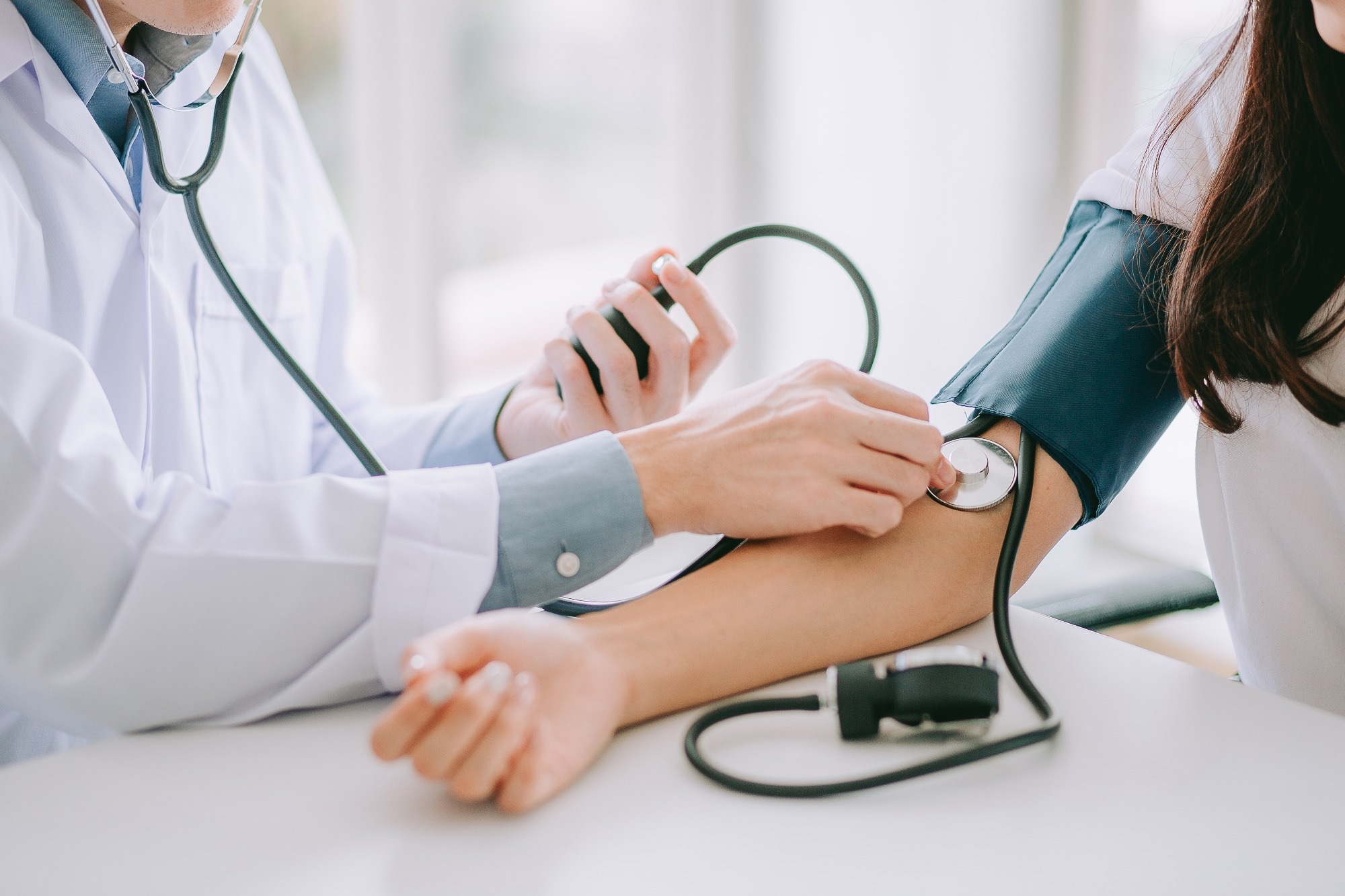Common conditions treated by interventional cardiology include:
Advanced Treatments
Common conditions treated by interventional cardiology include:
In a head-to-head comparison of two so-called 'water pills' that keep fluid from building up in patients with heart failure, the therapies proved nearly identical in reducing deaths, according to a large study led by Duke Health researchers. The study compared the diuretics tor semide and furosemide that were prescribed to patients with heart failure starting in the hospital setting. While prior data suggested a potential reduction in deaths among patients taking tor semide, the current study found no such benefit, providing clarity for both doctors and patients.
International Conference on Cardiology and Cardiovascular Medicine
website link: https://cardiology-conferences.pencis.com/
Nomination link: https://x-i.me/ccmshar21
#ResearchConference
#Cardiologist
#Cardiac
#Heartsurgery
Diabetes is a medical condition wherein the blood sugar or glucose level is higher than the permissible range. In medical science, this disease is categorised into two types, namely Type 1 and Type 2 diabetes.Insulin is a hormone closely related to this condition. Insulin is responsible for extracting sugar from the blood, converting it to energy, and storing them in cells.According to an alarming report, 55.5% of men and 64.6% of women in their twenties residing in India’s metropolitan centers face a lifetime risk of diabetes (1). A diabetic cannot produce enough insulin or use the insulin for normal bodily functions. There various types of diabetes found in the human body can affect health differently.
What is Diabetes?
Diabetes is a disease caused when your blood has an excess of sugar or glucose. Insulin is a biochemical substance found in the human body, which is generally responsible for converting this glucose into energy. However, in diabetic individuals, this hormone fails to function properly, leading to an increased glucose level.
What are the different types of Diabetes?
It is generally considered to be a hereditary disease. However, environmental influence is also considered a driver of type 1 diabetes. This particular type of diabetes is often referred to as an autoimmune condition. Here, the immune system of your body attacks the beta cells present in the pancreas that produce insulin mistakenly. Therefore, insulin production gets hampered.
In type 2 diabetes, the body cannot properly use insulin. Instead, it prompts the pancreas to produce more insulin to a point when it cannot produce anymore. Resultantly, the blood sugar level increases in the absence or scarcity of insulin. Although the causes of type 2 diabetes are still unknown, the following are often considered responsible.
Besides type 1 and type 2 diabetes, another variant also afflicts human beings, known as gestational diabetes.
This type of diabetes afflicts expecting mothers during pregnancy due to insulin-blocking hormones. Although it often resolves after giving birth, such a condition can impose potential risk for the baby’s health. Moreover, it increases the chance of suffering from type 2 diabetes in the future. Mothers suffering from gestational diabetes may exhibit symptoms, such as high blood pressure, future diabetes and inability to undergo a normal delivery. On other other hand, babies born to mothers with gestational diabetes often suffer from excess weight at birth, low blood sugar levels, respiratory conditions and more.
Earlier type 1 diabetes was common in teenagers, with malfunctions in the pancreas leading to insufficient insulin production. However, with obesity and unhealthy lifestyle on the rise, children today also face immense threat of type 2 diabetes. Adopting a healthy diet and lifestyle can prevent the onset of such conditions at such a tender age. However, in either case, the body shows some early symptoms of diabetes that help in diagnosis. Self diagnosis is also possible today thanks to specialised kits available from pharmacies. Mostly, these instruments include a small needle to prick on the tip of your finger to draw blood. This blood is then placed on test strips and inserted in the special testing machine. Results are immediate and relatively accurate.
Researchers performed a 12-lead electrocardiogram (ECG) during the postoperative period of the patient who underwent the first pig-to-human heart transplantation. The ECG data were obtained every day after the xenotransplantation. The researchers reviewed the following ECG measures: PR interval, QRS complex, and QT interval. The ECG parameters of the “accepted pig heart transplant in the ‘pig body’” show short PR (50 to 10 milliseconds, ms) and QT (260 to 380 ms) intervals and short QRS (70 to 90 ms). However, the first ECG of the pig-to-human heart xenotransplant showed a relatively longer PR interval of 190 ms, QT interval of 538 ms, and QRS duration of 138 ms. Prolonged intrinsic PR intervals were stable in the postoperative period with 210 ms. There was evidence of decremental intra-atrial conduction delay on day 12 post-transplantation (PR interval: 380 ms). QRS duration was prolonged but shortened in the postoperative course. High QT intervals (509 ms) persisted with dynamic fluctuations, with the lowest (428 ms) on day 14 post-transplantation. The ECG of the pig-to-human xenograft revealed prolongation of the typical ECG measures in the donor that included changes in depolarization and repolarization. It was a novel finding that the pig heart in the human showed different ECG parameters compared to the commonly observed findings for native pig hearts. The protracted ECG parameters persisted and showed dynamic changes in the postoperative period. These are the first insights into the evolving novel field of xenografts suggesting the complex interplay of porcine denervation and inter-species physiology besides the postoperative and medication-associated changes.


Cardiovascular disease is a global issue and many factors contribute to it - some of which we can't control. However, amid the festive season, we need to be extra careful of our heart health.
1. Meditate mindfully - Meditating daily has been known to help reduce stress. Additionally, try to avoid unhealthy coping mechanisms like overeating, drinking, or smoking when you're feeling overwhelmed - these will only make things worse in the long run. Mindfulness also helps you maintain the discipline of taking existing medications on time.
2. Avoid excess smoking and alcohol - While enjoying the festivities, it's important to be aware of what your heart needs. Avoid excessive smoking, using smokeless tobacco, or being exposed to second-hand smoke. These things can reduce the oxygen in your blood, leading to increased blood pressure and heart rate.
3. Sleep soundly - A good night's sleep is essential to maintaining a healthy lifestyle. This is highly underrated. Late nights out celebrating can wreak havoc on your sleeping patterns and as a result, your body clock. Whenever possible, make sure to get the proper amount of sleep and rest. Lack of sleep can trigger a higher risk of obesity, high blood pressure, heart attack, diabetes and depression. A healthy sleep cycle refers to at least seven hours of sleep each night.
4. Take the stairs - No matter how much rest you give your body during the holidays, it's important to stay active and get at least 30 minutes of exercise every day. Regular physical activity has been shown to reduce the risk of obesity, high blood pressure, cholesterol, and diabetes. Taking the stairs instead of the elevator is one small step that can make a big difference in your health.
5. Eat fresh - A healthy diet is essential all year round, but it's especially important during Indian festivities when there are often tempting sweets and oily foods everywhere. Try to consume plenty of fruits and vegetables on a regular basis to help protect your heart, improve your blood pressure and cholesterol, and reduce the risk of type 2 diabetes. Limit your intake of or avoid processed foods or drinks, sugary snacks, and salty snacks as much as possible.
6. Read a lot - Reading is known to reduce stimulation and make room for thinking deeply about one’s choices. Whenever there is a problem you're faced with, there’s a book that has an answer. Reading helps us be more present, in the moment and aware of our mind and body.
7. Yoga helps - Yoga is believed to help detoxify the body, mitigate chronic fatigue, enhance endurance, improve organ and immune functions. Thus, it is known to lower cardiovascular risk factors and promote a healthier lifestyle.
Chronic total occlusion A Chronic Total Occlusion (CTO) refers t...
